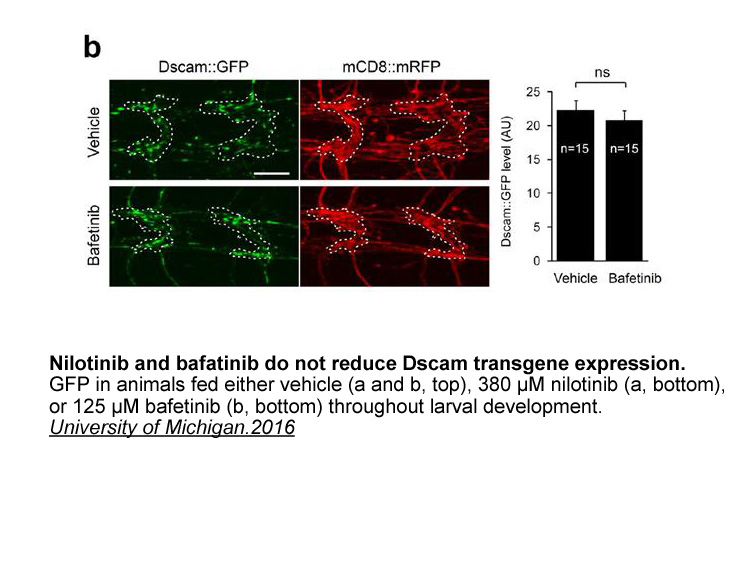Archives
While we chose to divide
While we chose to divide our etiologies into three categories, it should be noted that such division has certain limitations. Even though URIs and the common cold are considered mainly viral in origin and rhinosinusitis mainly bacterial in origin,26, 27 there is considerable overlap between these conditions in terms of bacterial involvement. The same is the case with bronchitis and pneumonia, although bronchial infections are more commonly viral in nature. URIs, including those due to rhinosinusitis, often undergo two phases. The first phase typically involves a viral infection and lasts a relatively short period of time (<10 days). If recovery does not occur, a longer-lasting second phase of bacterial infection may ensue. In this case, aerobic bacteria initially predominate, but later RS-1 receptor bacteria do so. Anaerobic activity is promoted by the blockage of mucosal blood flow, poor sinus drainage, and increased inflammation-related pressure within the sinuses that result in the lowering of pH and the partial pressure of oxygen. The clinical classification of chronic rhinosinusitis is a sinusitis infection that persists for more than 12 weeks, which is the same time frame when anaerobic bacteria begin to dominate the sinuses.29, 30 This progression from a viral to bacterial infection over a long time frame could explain the efficacy of bactericidal antibiotics in improving the olfactory function of those whose dysfunction was attributed to severe common colds. It should also be noted that because some patients classified as having a rhinosinusitis etiology may have had short-term viral rhinosinusitis, the aggregate effect of the antibiotics on these particular patients may have been minimal, increasing the variance in our test measures.
Because the initial olfactory deficits observed in sinusitis patients are often attributed to nasal obstruction and mucosal edema, rhinosinusitis produces, in the short run, olfactory deficits by restricting access of molecules to receptors within the olfactory neuroepithelium. However, by the time the smell function of the patients of this study was evaluated at the Center, the nasal inflammation phase had likely passed and nasal congestion and other related components were no longer of significance [median (IQR) times in days between olfactory testing and bacteriocidal and bacteriostatic treatments = 178 (131–287) and 163 (103–305), respectively]. The period of efficacy of antibiotics would have also passed and the degree of function that was left likely reflected damage induced by viral or bacterial processes. Olfactory biopsies of persons with post-viral anosmia or hyposmia reveal large numbers of aciliated olfactory receptor n eurons and a greatly reduced number of intact ciliated receptor neurons. While it is widely accepted that such damage can be induced by viruses, directly or via the immune response, the degree to which bacteria are also involved is not clear. Our findings of better function in those who received antibiotics at the time of the infection suggest that bacteria may well be more important in this process than generally appreciated.
Although we found it useful to classify antibiotics into bactericidal and bacteriostatic categories, it should be emphasized that these classes are not mutually exclusive, and some antibiotics are considered bacteriostatic at low concentrations and bactericidal at higher concentrations.34, 35 Thus, most bacteriostatic agents can kill 90–99% of some bacteria within 18–24 h after their application, even though they don't reach the >99.9% criterion typically applied by bactericidal agents. Similarly, bactericidal agents fail to kill every organism within this same period. This overlap may explain, in part, why we saw only relatively small differences in the efficacy of these two classes of antibiotics. In any form of antibacterial therapy, inadequate penetration of the infection site is a leading factor because it prevents the drug from traveling through necessary body fluids at effective concentration levels. In light of our findings, and the fact that bacteriostatic antibiotics are limited by the host's own immune response, bactericidal antibiotics could be more effective not only because of their greater killing potential, but because they more readily access the inflammation site under harsh inflammation conditions.
eurons and a greatly reduced number of intact ciliated receptor neurons. While it is widely accepted that such damage can be induced by viruses, directly or via the immune response, the degree to which bacteria are also involved is not clear. Our findings of better function in those who received antibiotics at the time of the infection suggest that bacteria may well be more important in this process than generally appreciated.
Although we found it useful to classify antibiotics into bactericidal and bacteriostatic categories, it should be emphasized that these classes are not mutually exclusive, and some antibiotics are considered bacteriostatic at low concentrations and bactericidal at higher concentrations.34, 35 Thus, most bacteriostatic agents can kill 90–99% of some bacteria within 18–24 h after their application, even though they don't reach the >99.9% criterion typically applied by bactericidal agents. Similarly, bactericidal agents fail to kill every organism within this same period. This overlap may explain, in part, why we saw only relatively small differences in the efficacy of these two classes of antibiotics. In any form of antibacterial therapy, inadequate penetration of the infection site is a leading factor because it prevents the drug from traveling through necessary body fluids at effective concentration levels. In light of our findings, and the fact that bacteriostatic antibiotics are limited by the host's own immune response, bactericidal antibiotics could be more effective not only because of their greater killing potential, but because they more readily access the inflammation site under harsh inflammation conditions.